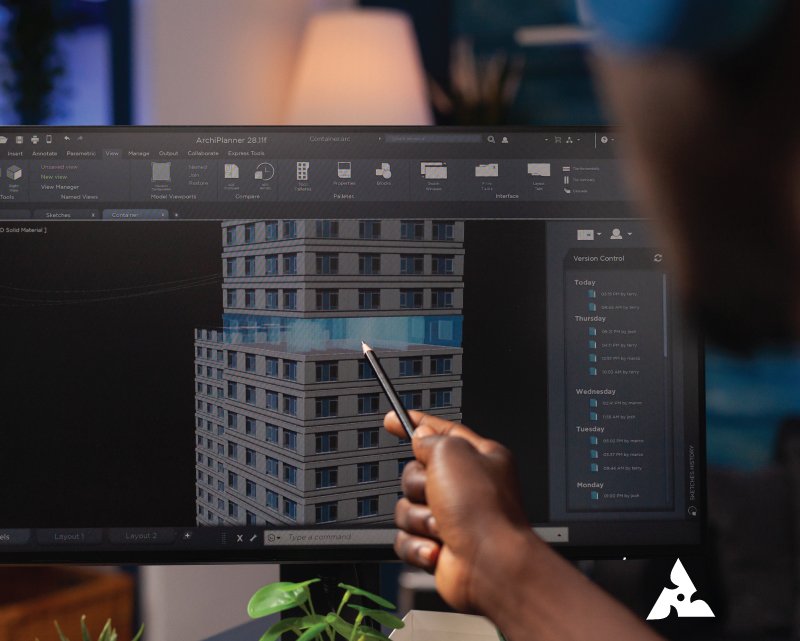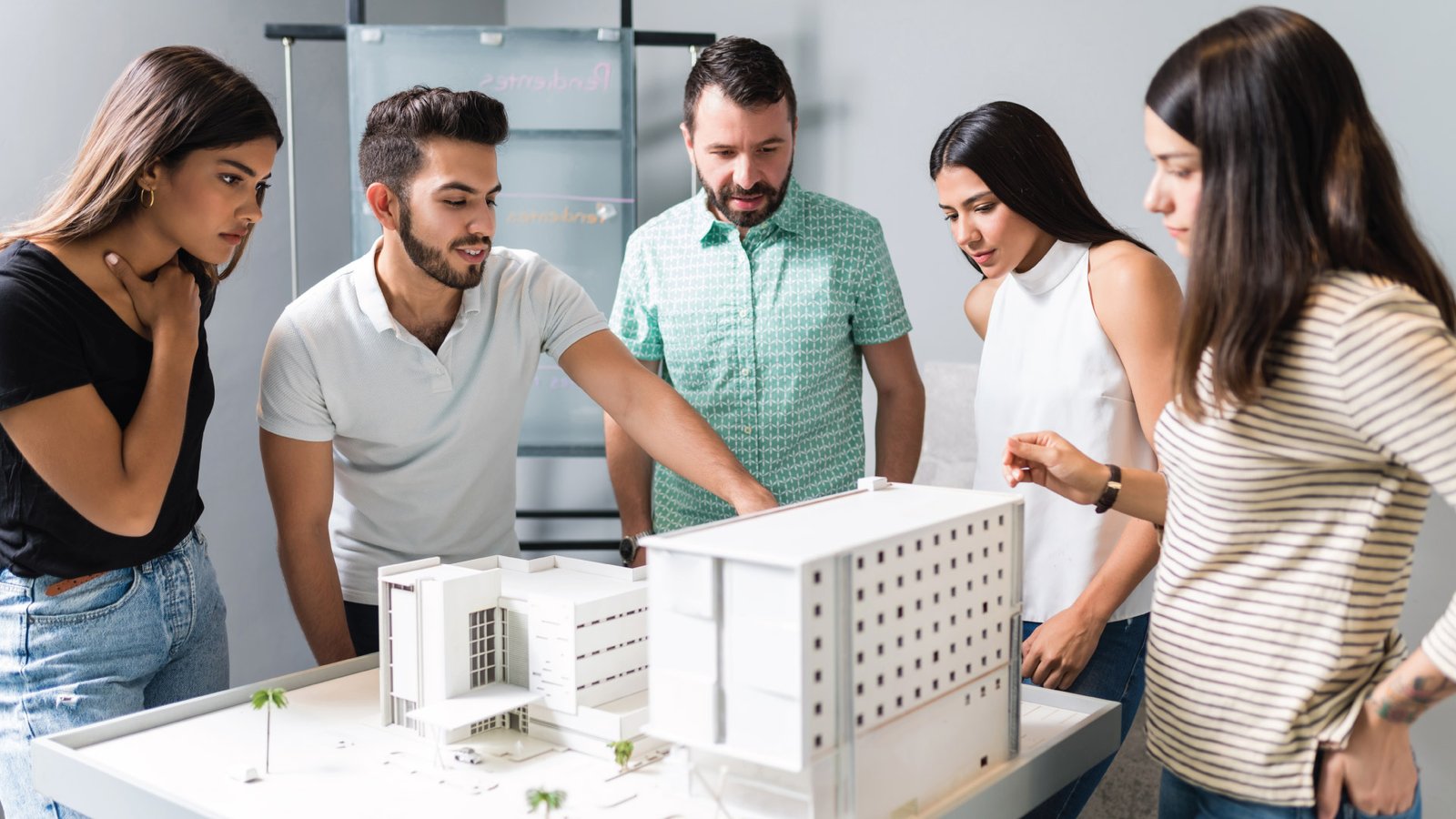Building Great Architecture Models: A Guide to Success
Architecture models are powerful tools for visualizing and communicating design ideas. They provide a tangible representation of a project’s spatial qualities, scale, and materiality. Building great architecture models requires a combination of technical skills, attention to detail, and creative thinking. In this guide, we will explore key principles and practical tips to help you create impressive and compelling architecture models.
- Start with a Clear Plan: Before diving into model construction, develop a clear plan for your model. Define its purpose, scale, level of detail, and the materials you’ll be using. Consider the desired level of realism and the audience you’re targeting. A well-thought-out plan will guide your decision-making process and ensure a focused and cohesive end result.
- Choose the Right Materials: Selecting the appropriate materials is crucial for achieving the desired look and feel of your architecture model. Consider the scale, texture, and color of the building elements you’re representing. Common materials include foam board, basswood, acrylic, cardboard, and 3D-printed components. Experiment with different materials to find the best fit for each project.
- Develop Skills in Precision Cutting and Joining: Accurate cutting and precise joining techniques are essential for professional-looking models. Invest in quality cutting tools such as sharp knives, scissors, and precision cutters. Practice cutting straight lines, curves, and intricate details. Use reliable adhesives and techniques like mitering and butt joints to ensure strong connections between parts.
- Pay Attention to Scale and Proportions: Maintaining accurate scale and proportions is critical for creating realistic and visually pleasing models. Use scale rulers or digital calipers to ensure precise measurements. Reference architectural drawings and blueprints to capture accurate dimensions. Regularly check your model against these references to ensure accuracy throughout the construction process.
- Embrace Detailing Techniques: Adding fine details can elevate your architecture models to a whole new level. Experiment with techniques like scoring, engraving, painting, and weathering to enhance realism. Use appropriate paints, markers, and brushes to create textures, finishes, and color variations. Pay attention to small details such as doors, windows, landscaping, and even furniture.
- Utilize Lighting and Presentation: The way you present your architecture model can greatly impact its impact. Consider incorporating lighting elements to highlight specific areas and create dramatic effects. Use proper lighting techniques to emphasize the intended atmosphere and mood of the design. Additionally, carefully select a clean and visually appealing base or display stand to showcase your model effectively.
- Incorporate Digital Tools: While traditional model making techniques are valuable, integrating digital tools can enhance your workflow and precision. Use computer-aided design (CAD) software to create accurate digital representations of your design before translating them into physical models. 3D printing technology can also be utilized for complex or intricate components.
- Iterate and Seek Feedback: The process of building architecture models should involve iterative improvements and feedback. Take time to evaluate your model critically, seeking opportunities for refinement and enhancement. Share your work with peers, mentors, or professionals in the field to receive constructive feedback and insights that can help you grow as a model maker.
- Document Your Process: Documenting your model making process is not only valuable for future reference but also helps in showcasing your skills and expertise. Capture photographs or videos that highlight different stages of the construction process, material choices, and detailing techniques. Create a portfolio of your best work to showcase your abilities to potential clients or employers.
- Practice Patience and Persistence: Building great architecture models takes time and practice. Be patient with yourself as you develop your skills. Embrace the learning process, learn from your mistakes, and persist in honing your craft. With each project, you’ll gain new insights

Mastering Model Making: Top 5 Tips for Architectural Enthusiasts
Model making is an essential skill for aspiring architects. It allows you to transform your design concepts into tangible representations, helping you visualize and communicate your ideas effectively. Whether you’re a student or a professional, honing your architectural model making abilities can greatly enhance your architectural prowess. In this blog, we will explore the top 10 tips to help you excel in the art of model making.
- Start with Simple Materials: Begin your model making journey by using basic materials like cardboard, foam board, and balsa wood. These materials are affordable, easy to work with, and provide a solid foundation for learning various techniques. Mastering the basics will give you the confidence to experiment with more advanced materials later on.
- Invest in Quality Tools: Having the right tools can make a world of difference in your model making endeavors. Invest in a good set of precision cutting tools, such as hobby knives, scalpels, and scissors. Additionally, acquire measuring tools like rulers, calipers, and a cutting mat. High-quality tools ensure clean and accurate cuts, leading to more professional-looking models.
- Study Existing Architectural Models: Examine a variety of architectural models to understand different approaches and techniques. Visit museums, exhibitions, and online resources to explore the work of renowned architects and model makers. Analyze their use of materials, textures, and scale to gain inspiration for your own creations.
- Develop Your Sketching Skills: Before jumping into model making, hone your sketching abilities. Sketching helps you visualize ideas, iterate designs, and plan your models effectively. A strong foundation in sketching will guide your model making process and enable you to communicate your vision more confidently.
- Embrace Scale and Proportions: Understanding scale and proportions is vital for creating accurate and realistic architectural models. Familiarize yourself with architectural scales and ensure your measurements are precise. Consider the relationships between different elements and maintain proportional consistency throughout your model.
Architectural Model making is an integral part of architectural education and practice. By following these top 10 tips, you can enhance your model making skills and bring your architectural designs to life. Remember, mastering model making is a continuous process that requires experimentation, attention to detail, and an unwavering commitment to honing your craft. With each project, you’ll gain more confidence and expertise in creating visually stunning and accurate architectural models.

So, gather your materials, sharpen your tools, and embark on your model making journey. Embrace the opportunity to bring your architectural visions into the tangible world, allowing others to experience and appreciate your designs on a whole new level.
Remember, model making is not just about technical proficiency; it’s also about creativity, imagination, and storytelling. Let your models speak volumes about your architectural ideas and inspire others to see the potential of your designs.
By incorporating these top 5 tips into your model making practice, you’ll be well on your way to becoming a skilled architectural model maker. Enjoy the process, embrace the challenges, and never stop pushing the boundaries of your creativity.









